Book of Abraham Facsimiles

What are the Book of Abraham facsimiles?
They are three illustrations that have accompanied the text of the Book of Abraham in each of its major editions.[1]
Who drew the facsimiles?
Ancient Egyptian artists drew the original illustrations.[2] The identities of these ancient artists are unknown.
In early 1842, shortly before the Book of Abraham was first published,[3] Joseph Smith[BIO] commissioned Reuben Hedlock[BIO] to make modern copies, or facsimiles, of these illustrations for publication.[4]
Wait, didn't Abraham originally draw the facsimiles?
No, at least not these particular drawings.[5] The papyri Joseph Smith obtained are dated to the Ptolemaic Period of Egyptian history (circa 330–30 BC).[6] This is too late for the biblical prophet Abraham[BIO] to have drawn the facsimiles himself.[7]
Why did Joseph Smith include the facsimiles with his translation of the Book of Abraham?
It's unclear. The text in verses 12 and 14 of Abraham 1 make a reference to Facsimile 1,[8] but these verses appear to have been inserted and aren't original,[9] which suggests that Joseph or others working on the project saw a connection between the facsimile image and the text.[10]
However there is no historical record from Joseph explaining his decision to include the facsimiles with the Book of Abraham.
Related Question
Where did Joseph Smith obtain the papyrus?
Read more in Book of Abraham Translation
Who wrote the explanations for the facsimiles?
Probably Joseph Smith, since he directly oversaw the publication of the facsimiles[11] as the editor of the Times and Seasons.[12]
It's also possible that other clerks contributed to the explanations of the facsimiles, such as Willard Richards[BIO] and Wilford Woodruff,[BIO] who helped scribe and publish the Book of Abraham in early 1842.[13]
Can Egyptologists read the characters in the facsimiles today?
Mostly, yes. Egyptologists are able to read most of the hieroglyphs in Facsimiles 2 and 3.[14] However, the hieroglyphs in Facsimile 3 were poorly copied from the original by Reuben Hedlock and aren't very legible.[15]
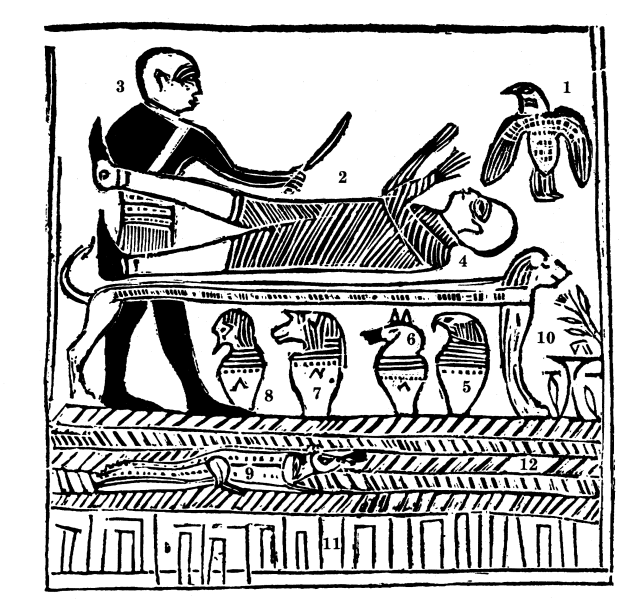
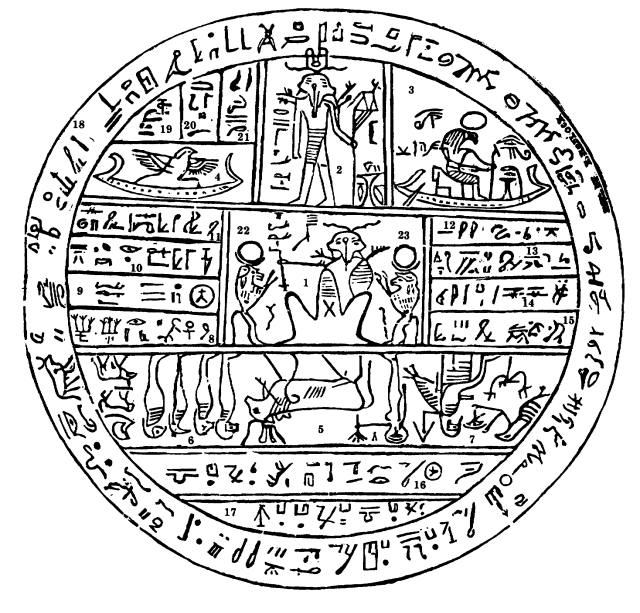
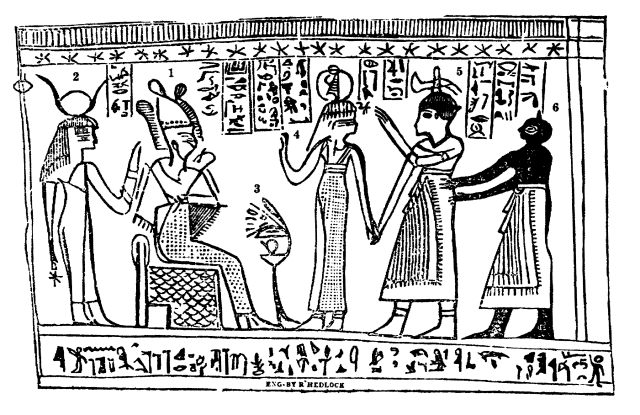
Do Egyptologists agree with Joseph Smith's explanations of the facsimiles?
No, not really.[19] Egyptologists have disagreed with Joseph Smith's interpretations of the facsimiles since at least the mid-nineteenth century.[20] Latter-day Saint Egyptologists acknowledge that the explanations Joseph Smith provided do not match the modern Egyptological interpretation.[21]
Table of Joseph Smith's and Egyptologists' interpretations of the facsimiles.
Facsimile | Description | Joseph Smith's Interpretation | Egyptological Interpretation |
Facsimile 1 | Lion-couch scene[22] | An attempted sacrifice of Abraham by an idolatrous priest of the god Elkenah.[23] | A representation of the god Anubis assisting the deceased owner of the papyrus, Hor, in the process of resurrection.[24] |
Facsimile 2 | Hypocephalus (funerary amulette)[25] | A cosmological map depicting the hierarchy of heavenly bodies as they relate to temple and priesthood themes.[26] | A funerary amulette that served to guide the deceased through the process of becoming a god in the afterlife and to give the body heat and warmth with magical fire.[27] |
Facsimile 3 | Presentation scene[28] | "Abraham is reasoning upon the principles of astronomy, in the kings Court."[29] | A representation of the deceased owner of the papyrus, Hor, being brought into the presence of the god Osiris, seated on his throne.[30] |
So they don't really match—isn't this a problem for Joseph Smith?
Yes or no, depending on your assumptions on the purpose of Joseph's explanations. Various theories have been proposed to explain the discrepancies (see chart below).
Table of assumptions and corresponding explanations
Possible Explanation(s) or Conclusion(s) | Assumption(s) |
Joseph was a poor translator of Egyptian and the Lord permitted the mistakes to be made,[31] or Joseph was a deliberate fraud and/or delusional.[32] |
|
Joseph was a poor secular translator of Egyptian and had difficulty discerning revelation as it related to the facsimiles, and the Lord permitted the poor translation and revelation to be published.[33] |
|
Joseph's competence as a translator of Egyptian is not important because he did not intend to translate the facsimiles into their original meaning.[34] He repurposed the original meaning of the facsimiles in an expansive, prophetic way to illustrate the Book of Abraham text;[35] or he interpreted them how Abraham's descendants would have interpreted them.[36] |
|
Joseph was a competent translator of Egyptian through revelation, and the reason for the incongruence is that modern Egyptologists do not have a complete understanding of the ancient context and meaning of the facsimiles.[37] |
|
How has the Church attempted to explain this problem?
The Church hasn't taken any "official" position on the problems related to the facsimiles.[38] However, the Church has published research in official sources like the Ensign that support the idea that Joseph's interpretations can be correlated with modern Egyptological interpretations.[39]
The Church's 2014 Gospel Topics essay on the Book of Abraham briefly discusses the facsimiles but doesn't elaborate on the problems related to translation.[40]
What is the relationship between the facsimiles and the text of the Book of Abraham?
The facsimiles illustrate some elements in the Book of Abraham. For example, Facsimile 1 depicts Abraham 1:12–19.[41] Facsimile 2 illustrates the cosmology in Abraham 3.[42] However, Facsimile 3 depicts Abraham teaching astronomy in Pharaoh's court,[43] which is not included in the published Book of Abraham.[44]
Did Joseph Smith make any alterations to the facsimiles?
Yes, Facsimiles 1 and 2 have had alterations made to them.
A hand-copy of Facsimile 2 drafted sometime between 1835 and 1842 shows missing portions in the original that Joseph Smith had apparently filled in for publication.[45] It appears as though they were filled in with symbols borrowed from other papyrus fragments.[46]
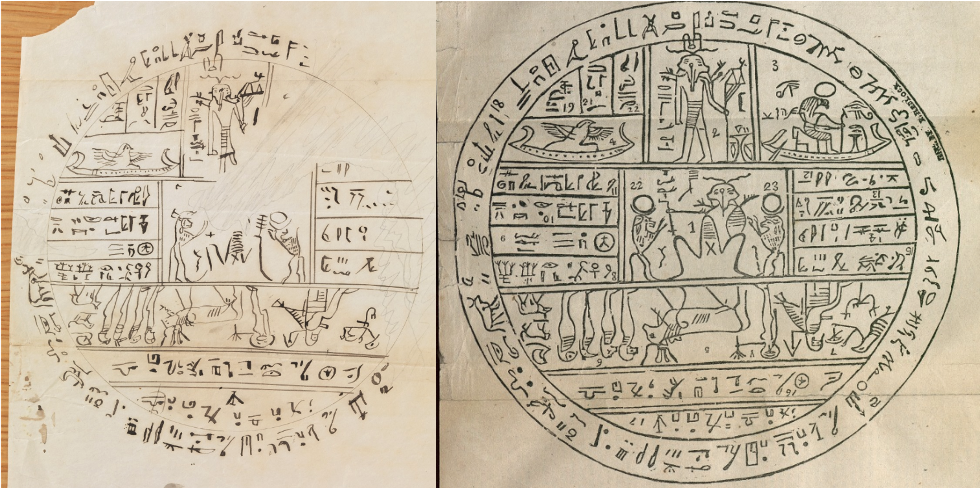
The original papyrus to Facsimile 1 also appears to have been altered.[48] The surviving papyrus fragment (see below) has large gaps in the middle and running along the top of the scene.[49]

It's unknown, however, how much of this papyrus fragment was damaged before the March 1842 publication of Facsimile 1.[51]
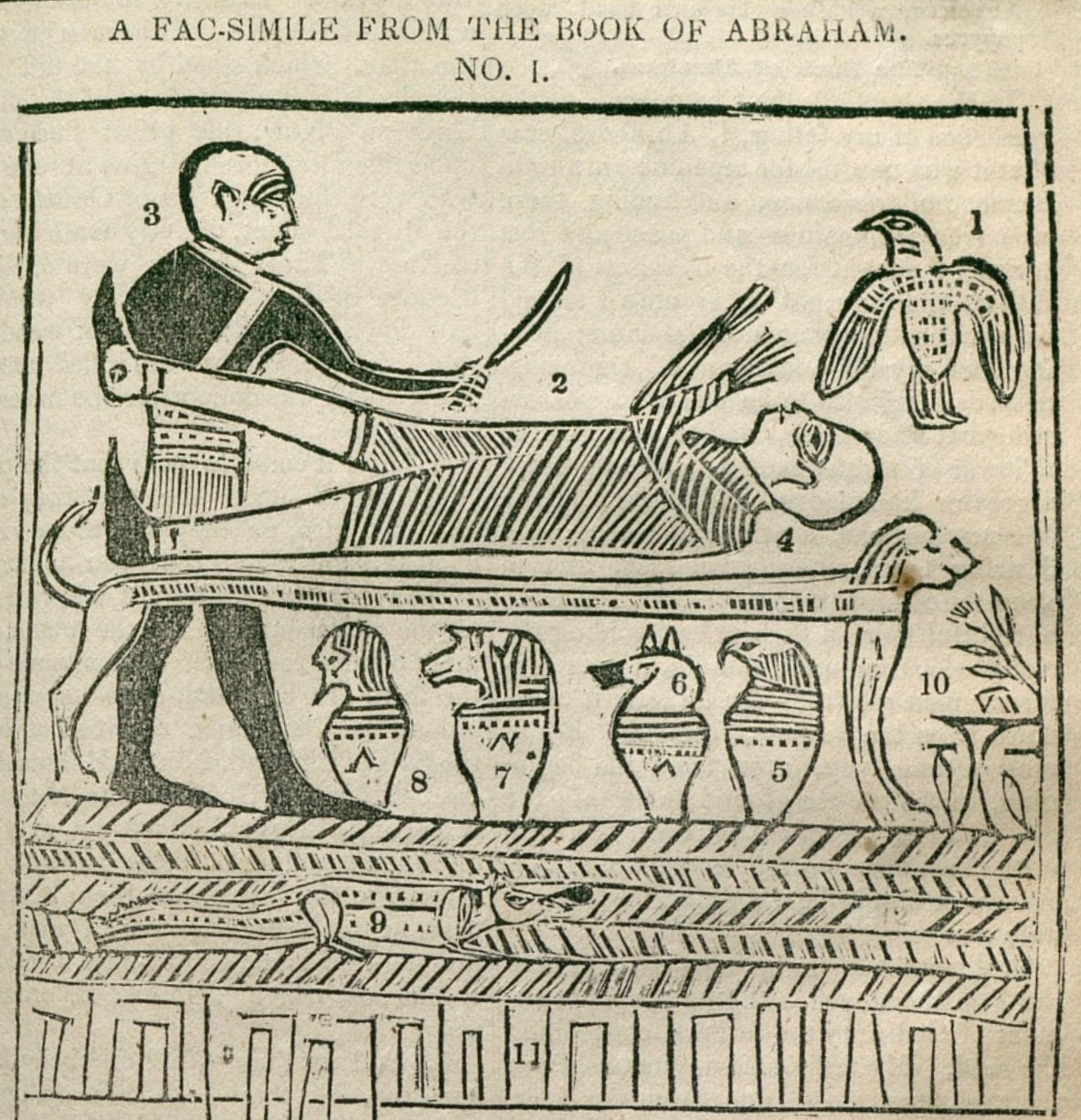
Shouldn't the "priest" figure in Facsimile 1 have a jackal head instead of a bald human head?
Yes, probably. The figure is most likely the jackal-headed god Anubis, based, among other reasons, on the black skin of the figure in the original papyrus.[53]
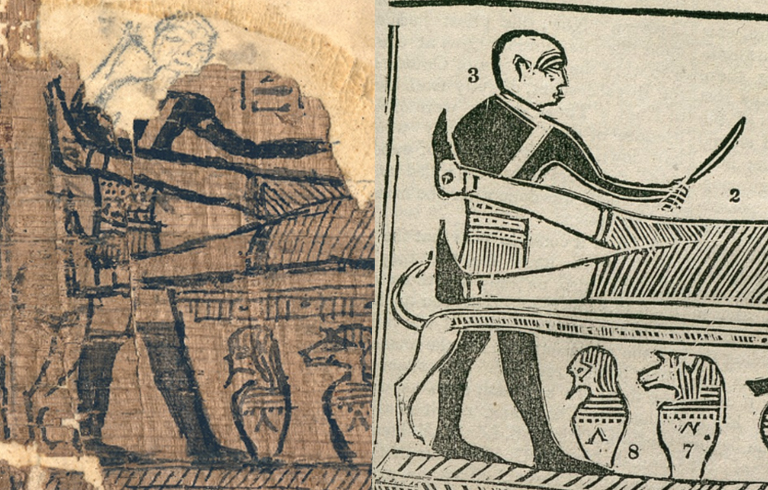
If there was a jackal head on the man, wouldn't it be wrong to refer to him as an "idolatrous priest" like Joseph did?
Possibly. However, non-Latter-day Saint Egyptologists have identified this figure as either a priest or the god Anubis,[55] and Latter-day Saint Egyptologists have noted that examples exist of priests wearing masks of gods.[56]
Were there any revisions made to the facsimiles after they were first published?
Yes, minor revisions.[57] Each time the facsimiles were redrawn for various editions of the Pearl of Great Price there have been some slight alterations.[58]

Is it true that one of the facsimiles has a pagan Egyptian fertility god in it?
Yes. Egyptologists have identified Figure 7 of Facsimile 2 as an ancient Egyptian fertility deity.[60] The ancient Egyptians recognized fertility deities which commonly represented concepts such as sex, pregnancy, childbirth, the growth of crops, etc.[61]
Are there any portions of the facsimiles that Joseph may have interpreted correctly?
Yes, some elements of Joseph's explanations of the facsimiles are supported by Egyptology.[62] For example, Joseph Smith's interpretations of Figure 6 in Facsimile 2 as representing "this earth in its four quarters" has Egyptological support.[63] Another example is Joseph Smith's interpretation of Figure 9 in Facsimile 1 as "the idolatrous god of Pharaoh."[64]
Other elements of Joseph's explanations of the facsimiles have plausible support when placed in a broader ancient Egyptian or Semitic context.[65]
- Marc H.
“My figuring is that what Joseph explained is what the Lord would have us take away from it, or even our father Abraham. Ancient Hebrews didn’t mind one thing meaning multiple meanings.” - Robina B.
“My fascination with the facsimiles is that it is a revelation from God, as seen by man, and man is not God, therefore is not perfect. The gist is that it gives us a glimpse into the heavens. As part of the scriptures, the seat of God 1,2,3 7 of #3 is a testimony to me of truth.” - KJ N.
“I liked ideas in "The Pearl of Great Price Discussions" (BYU TV, episode "The Facsimiles"). My understanding is that Egyptian being a pictorial language, pictures were often reused to express various ideas. In short, a very different paradigm vs our use of language & pictures.” - Mark M
“The Book of Abraham discusses things like pre earth life, the Priesthood Covenant, ancient ties between Egypt and Chaldea and a near sacrifice of Abraham. If we wait, scholars will discover other accounts that verify these things, just like they have with the BOM objections.” - McB
“What about the removal of the “physalis” from the individual laying down shown in other ancient versions of facsimile 1?”


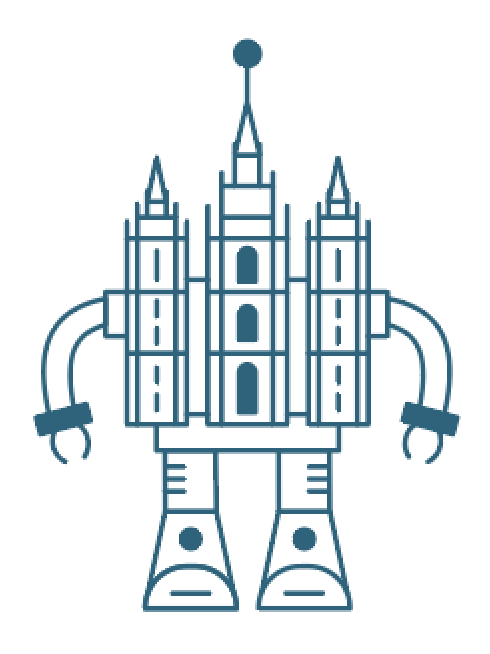
 about this topic
about this topic